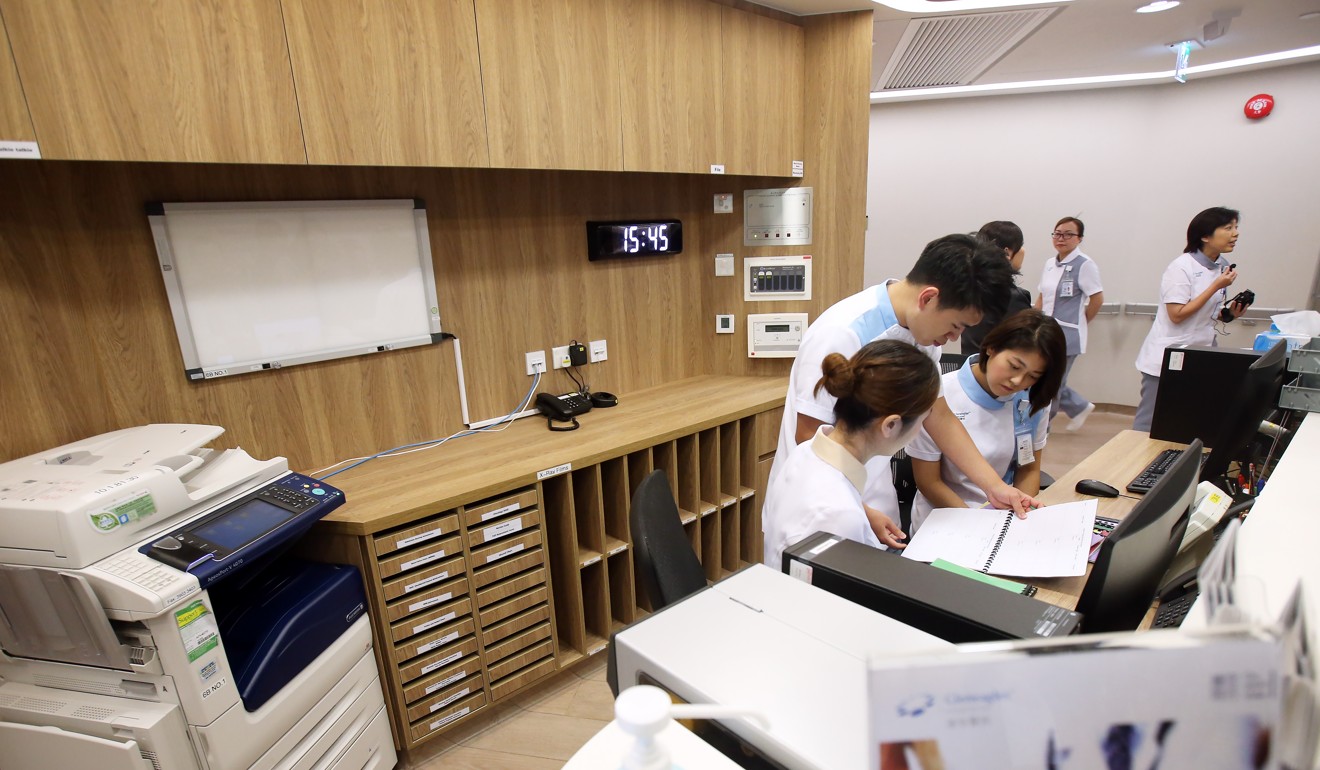
How Hong Kong’s private hospitals are failing their patients
Shalini Mahtani says new legislation is needed to ensure private hospitals have doctors on site at all times, with a mandated minimum number, greater transparency and regulations to avoid conflicts of interest
In this era of customer empowerment and transparency, Hong Kong’s private hospitals are falling behind the times, putting patients at risk.
Those who opt for private hospital services typically do so because they expect superior service to that in public hospitals. One reasonable expectation is that private hospitals always have doctors on site.
Yet, private hospitals are not actually required to have a doctor on site at all times – the result of health care legislation drafted in 1936. This law is currently – and thankfully – being reviewed by the Legislative Council, with one new proposed requirement being that private hospitals must have resident doctors on site at all times.
Hong Kong health chiefs want 80pc rise in A&E charge at public hospitals
This is a welcome move. Having on-site doctors is critical to any hospital and especially those that cater to an ageing population. Older people’s health can change very quickly and relying on a nurse to call a visiting doctor takes precious time, putting lives on the line. This is equally true for paediatric and seriously ill patients.

However, this does not go far enough to protect patients.
To begin with, the new law should mandate a minimum ratio of doctors to hospital beds. A small hospital with fewer beds would need fewer doctors on site than a large hospital with more beds. Would anyone want one resident doctor in charge of 400 patients?
Hong Kong health officials to review whether ‘buying beds’ at private hospitals to ease flu crisis should be standard practice
Second, resident doctors’ names and their respective specialties should be clearly stated on private hospitals’ websites, along with when they are on duty. This is important information that helps people make an informed decision about their or their loved one’s care. For example, if I am looking to take an elderly family member with a heart condition to hospital, I may be less likely to go to one where the on-site doctor is a paediatrician.

Lastly, it goes without saying that resident doctors should be formally bound to their hospital while they are on duty. Practically, this means they cannot be a visiting doctor at another hospital in Hong Kong, as this could potentially result in serious conflicts of interest. This has happened before.
Ultimately, patients have a right to accessible, honest and timely information about health care that affects their lives – and also, in the case of private hospitals, what they’re paying for – so they can make informed choices. As patients, we literally hand over our lives to hospitals. Greater transparency and a patient-centred approach benefit all parties in the long run, and Hong Kong must catch up before our outdated legislation leads to more avoidable – and possibly fatal – outcomes.
Shalini Mahtani is founder of the Zubin Foundation. [email protected]

